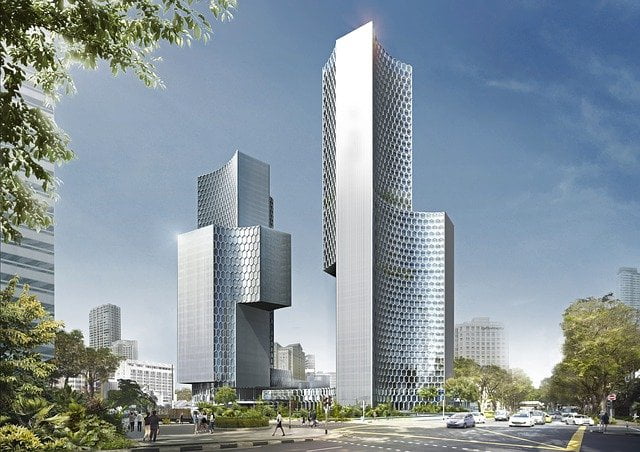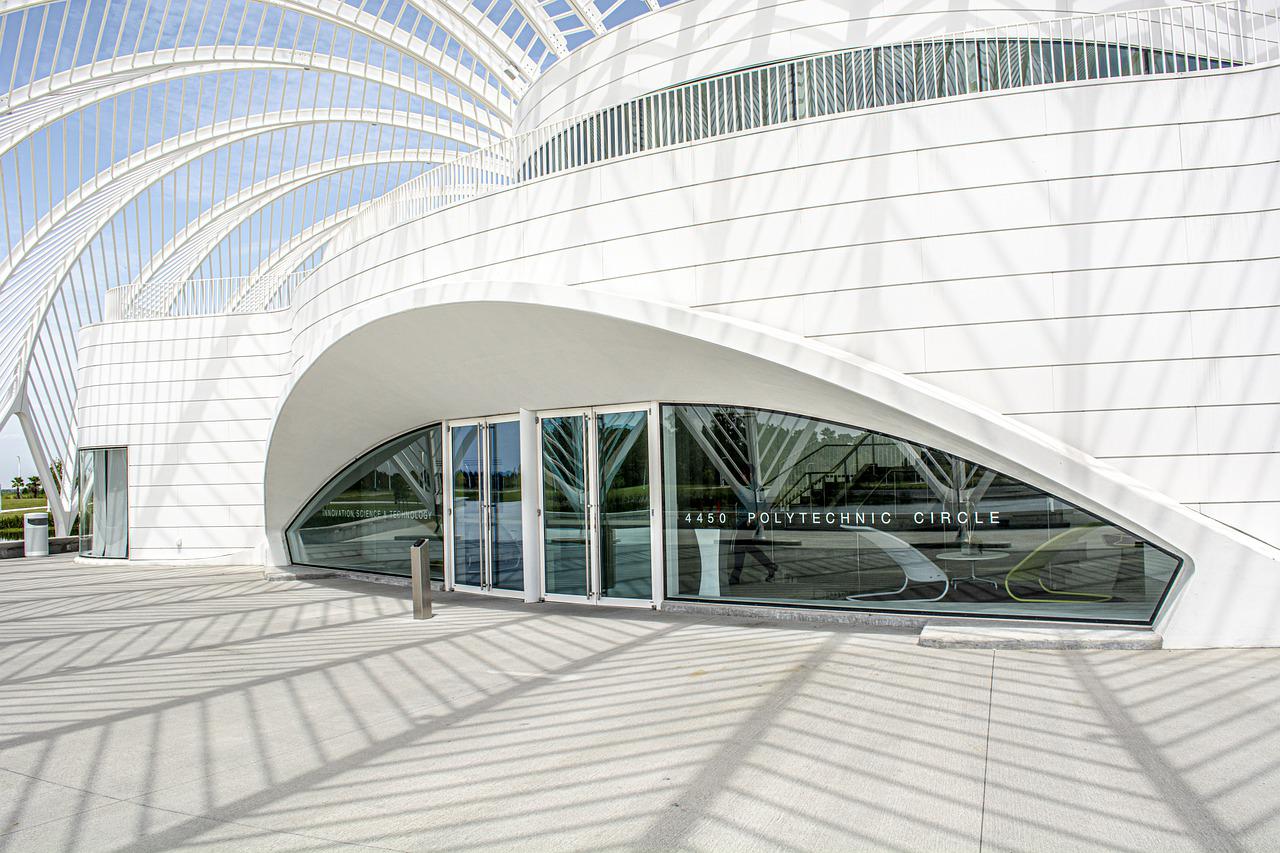Last Updated on March 11, 2023 by Eng Katepa
Architecture is the profession of designing buildings, open areas, communities, and other artificial constructions and environments, usually with some regard to aesthetic effect. Architecture often includes planning, designing, or selecting furnishings and decorations, supervising construction work, and examining, restoring, or remodeling existing buildings.
Furthermore, Architecture is about creating buildings and spaces that inspire us, help us do our jobs, that bring us together, and become, at their best, works of art that we can move through and live in. And in the end, that is why architecture can be considered the most democratic of art forms.
It is important as a student and practitioner of architecture to start to develop your understanding and philosophies about what architecture is for you, both as a designer and an inhabitant of architecture.
ALSO READ: What is an Architect?
Types of Architecture
Below is a list of branches of architecture for you to consider:
1. Landscape Architect
Designing outdoor landscapes, including infrastructure, public areas, agriculture, and forestry is vital for constructing the webs that bind our urban and rural spaces, but also, and perhaps more importantly, it’s essential for responding to globalization and climate change. Landscape architects are involved in stormwater management, environmental restoration, and recreational areas among other things. If you enjoy working with and in the natural environment, this could be the path for you.
2. Urban Planner
As a result of a rapidly growing percentage of our population moving into urban areas, the conditions of urbanism are constantly in a state of flux. The dynamic state of the urban environment makes it an exciting path to take as an architect, covering everything from economic and demographic changes to sustainable development. It’s an essential responsibility within our profession, but a challenging one; it requires adaptability and problem-solving on a large scale.
3. Restoration Architect
Our societies’ heritage and history as presented through architecture are not only beautiful glimpses into the past, but also crucial to understanding our culture as a discipline. Conservation and restoration of buildings is undeniably a challenge; it is never possible to please everyone. The media often targets the act of restoration as a “heritage massacre,” in spite of the often very beautiful solutions.
4. Research Architect
With the current wave of digital design and the constant advancement of digital tools, our methods of representation and expression are changing dramatically. Information technology has had a profound impact on architecture that is far from over. These constant improvements are in part made possible by the exciting research being done by architects, not necessarily consisting of designing buildings, but focusing more on how these new tools can enhance our work.
5. Lighting Architect
Light has a profound impact on our mental and physical health, as anyone living at high latitudes can empathize with it. Delving into the architecture of lighting entails improving the quality of our experiences, our health and well-being, and the sustainability of not only the natural environment but also smaller spaces such as our work environments.
6. Extreme Architect
With the current development of climate change, extreme weather conditions such as floods, heat waves, and hurricanes are predicted to increase. Existing extreme environments, such as deserts, are likely to expand due to phenomena such as desertification. Being an architect who specializes in extreme weather conditions is therefore not only an incredibly fascinating way to tackle the subject, but also invaluable for us to adapt to the future of our planet.
What is Architecture design?
Architecture design is a discipline that focuses on covering and meeting the needs and demands, creating living spaces, using certain tools, and especially, creativity. Therefore, the aim is to combine the technological and the aesthetic, despite the general belief that architecture is only a technological task.
In the same way, it mixes design, understood as the creative process, and architecture, which is based on the creation and presentation of solutions at a technical level. By mixing both disciplines, the architectural design seeks the values and formal qualities of the works, through spatial experiences.
In general, we associate it with drawings, sketches, or outlines of a project, and it is one of its fundamental basis. In this aspect of architectural design, there are also other factors involved, that are related to geometry, space, or aesthetics, among others. After all, architecture, and therefore architectural design, is made up of many elements and processes or phases.
When designing, an architect must take into account that he or she should carry out an analysis, to design and build according to the needs and resources, always keeping in mind the aesthetics and technical characteristics, as well as the basic rules of construction. That is why the process, capable of identifying all these variables must consider that it is necessary to reflect the needs, both artistically and technically on the paper (or software). In this case, the lines are the main element of the architectural design, which defines several aspects such as the shape, dimension, and positioning of the different spaces integrating the project.
Techniques in Architecture
These are elements or principles that can be used to design buildings and other structures. They are independent of style and represent a toolkit for architects to develop unique designs.
Therefore, Architectural Techniques are all about architectural representation—the exploration of drawing, modeling, and digital applications to the design process. Introducing software as a design tool, the course is designed to aid students in the development of two- and three-dimensional information necessary for the production of architectural renderings and fabrications.
Focusing on the relationship between architecture and contemporary technologies of production, the course is also an opportunity to learn about the history of architectural representation and basic techniques, creating a general background from which to operate. At the conclusion of the course, students are expected to be able to engage with the required software for architectural design exploration and communication, including Adobe Photoshop, Illustrator, InDesign, Autodesk AutoCAD, Rhino, 3DS Max, and Revit.
ALSO READ: Difference Between Architect and Civil Engineer
Architecture as an art
Architecture is the art and method of building and designing structures with an artistic element instead of relying solely on construction abilities. The practice of architectural design is used to meet both functional and artistic needs, therefore serving both practical and creative goals.


By this definition, architecture does not fit into the category of fine art because it serves a valuable purpose. However, not all structures are architecturally designed; therefore, to choose an architect is to choose aesthetics over pure function.
TO BE CONTINUED……
We hope this article helped you learn the various tips on What is an Architecture?. You may also want to see the Difference Between Architect and Civil Engineer, Reinforced Cement Concrete, Best Engineering Universities in India | Top courses, and What is Civil Engineering? | History and Functions.
If you liked this article, please Join WebsiteForEngineers on Telegram, and you can also find us on Pinterest, Twitter, and Facebook.

